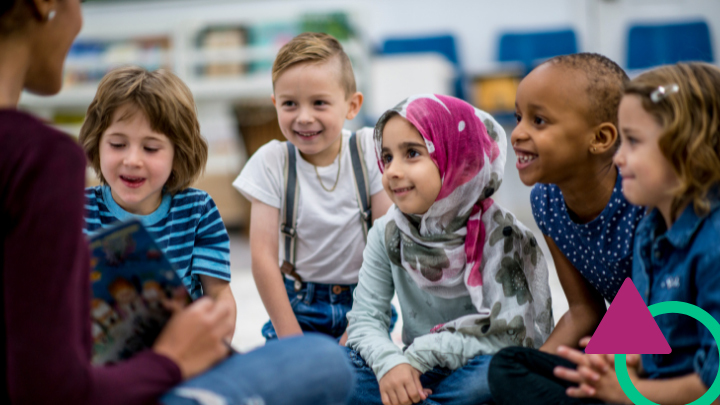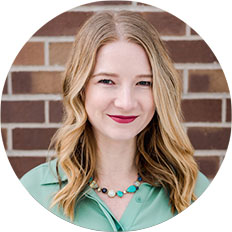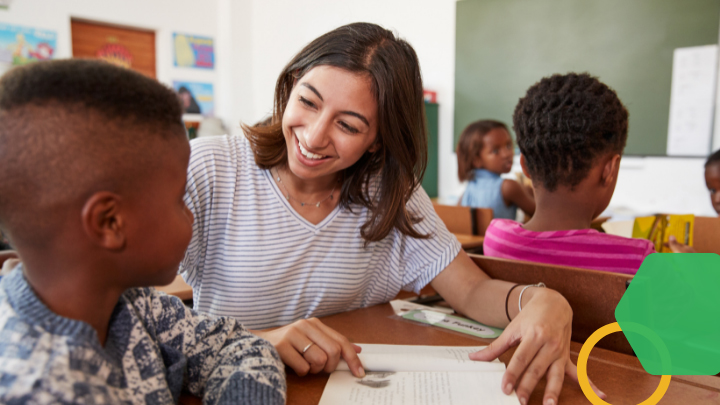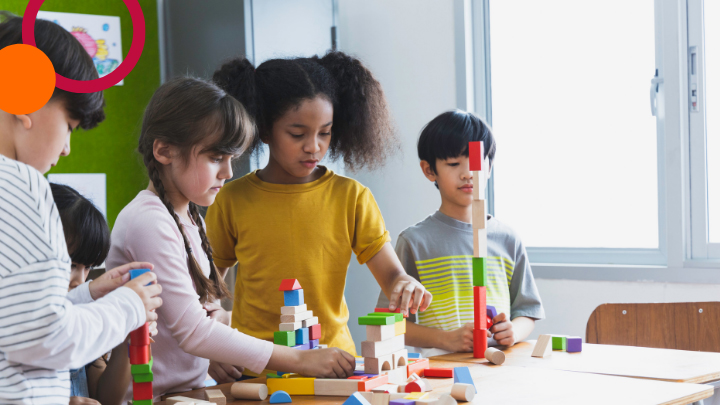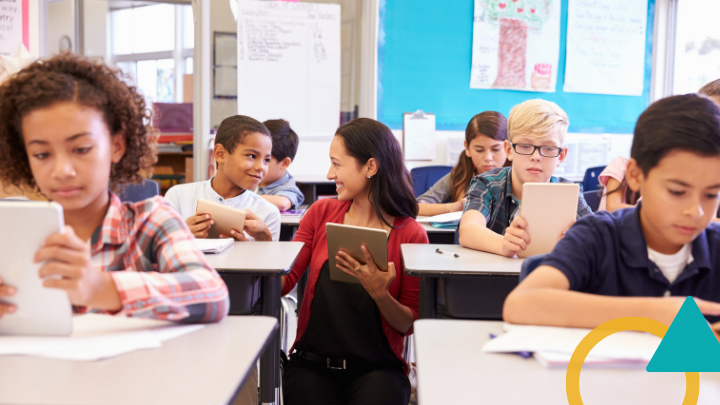Mindfulness, as defined by Mindful Schools, is paying attention to what is happening in the present moment, right now. But why is it important? And why is it specifically important in school?
Why is mindfulness important for students?
In the brain, the cortex and prefrontal cortex work together to allow us to think and make responsible decisions. When students (or teachers!) are dysregulated or experiencing strong emotional reactions and not properly self-managing, they enter a “survival state.” They cannot communicate rationally because things won’t really get to their cortex and things already in their cortex will be difficult to access. This makes it almost impossible to learn (or teach). This is why developing mindfulness and other strategies for self-regulating are important for both adults and children.
Mindfulness can help us increase our ability to regulate emotions; decrease stress, anxiety and depression; and help us focus our attention on what is around us–all great skills to help students succeed in school and in life.
But when cultivating self-management and self-awareness in our students, it’s important to start with ourselves so we can effectively model these skills. This requires some inward reflection.
My mindfulness journey
Start with reflection
When I began reflecting on my own views of emotions years ago, I realized that I pushed unpleasant emotions away and made myself stressed trying to get rid of them. This certainly affected how I responded to the various emotions in my students. Through mindfulness techniques, journaling, and therapy, I began to change my own view of my emotions, which allowed me to teach these practices to my third and fourth graders.
Create a morning routine
When I started creating a morning mindful routine for myself, I listened to a few minutes of a mindfulness app, journaled, and did a few minutes of yoga. I also always made sure that my to-do list was ready for the day, so I knew what to expect as the day unfolded. I found that when I started my morning slowly and in an organized way, I showed up to school in the morning feeling refreshed, less stressed, and ready for the day.
This doesn’t mean that you have to start meditating, seeking therapy, journaling, or doing yoga! Maybe you take some quiet time to notice how you are feeling while you make your coffee or you go for a morning run or a mindful walk with your dog. Finding what works best for you is a key part of this process. Once you develop your own self-awareness and self-management skills, then you can effectively model these skills for your students.
Develop your toolbox
There is power in developing a toolbox of self-awareness strategies. If you prefer to practice self-awareness strategies before introducing them to students, think about where you could take a quick pause in your day: in the morning, during a planning period, after school, or before you go to bed at night. There is no right or wrong answer. What is important is that you take a moment to sit quietly, notice how you are feeling, and be present in the moment. You might choose to journal about how you are feeling or simply pause, close your eyes, and take some deep breaths. Although this only takes a few minutes, it does not come naturally at first because we live in such a fast-paced society and as educators, we usually have a clear goal. When you stop and sit quietly for a mindful moment, the goal is to just be.
If you notice you are feeling a “tough emotion,” (saying “negative emotion” can imply certain emotions are bad) such as stress, anger, or frustration, you might want to think about what you can do to help that emotion eventually pass, such as journaling, deep breathing exercises, going for a walk, using positive self-talk or affirmation statements, or talking to a trusted friend or colleague. When we begin to cultivate this practice, we can more clearly see our strengths, our weaknesses, and what’s important to us in our lives. When we better understand ourselves, we can better serve our students.
Implementing mindfulness in the classroom
Create a daily practice
Once I created a mindful routine for myself, I began incorporating aspects of this routine into my classroom. I started by teaching my students what mindfulness is and began carving out three to five minutes each day to practice mindfulness with my students. In the beginning, I had to really monitor students during this time, but as we continued to practice, trust each other, and value this time, I was able to close my eyes and breathe and feel an immediate positive change in my energy. The key is not to force this practice on students. Our only rule was that it had to be quiet.
After our mindful routine, we would meet together as a class in a circle-up, where we would share announcements for the day, talk about current challenges, practice a few moments of mindfulness, connect with each other, and set the stage for a great day, no matter what we were feeling. I also used this time to be more open with my students about how I was feeling and used think-alouds to model for them how I was going to manage that emotion. Even on days where our schedule had to be changed due to school events, students requested that we keep our “mindful routine.”
Model mindfulness for your students
Next, I modeled for my students when I needed a moment to “reset” or “unplug.” I would take a minute at the carpet or my desk to breathe when I needed it. This takes some vulnerability and practice. Eventually, I began seeing students trying out this process as well, in their own way. Some students went to the reading corner and took some quiet moments to breathe while reading a book. Other students took some mindful breaths at their desk or as they went down the hall for a drink of water. It does not look the same for every student, but that is the central idea. Although they lose a few minutes of instruction, allowing them to jump right back in is important.
In my one-on-one interactions with students, I monitored how I responded. Oftentimes as educators we want to make things better for our students. This is well intentioned, as we hope to have a positive influence on our students. However, within the lens of trauma-informed practices and culturally responsive teaching, we want to refrain from this “fixing” attitude as it shows our students that some emotions are wrong. We want all students to feel seen, valued, and heard. Meeting with students around emotions is a wonderful time to validate their feelings and strengthen your relationship. I used this check-in time to develop my empathy skills and connect with my students around how they were feeling and to set goals for the day.
Use emotion check-ins
There are many ways that teachers can use emotion check-ins like an emotion thermometer or board to assess how their students are feeling. My students checked-in at the beginning of class by placing a sticky note next to where they were feeling on a board next to the door. After checking in, students traveled quietly to their desks where they wrote in gratitude and mood journals. Sometimes students even chose positive affirmations for the day, as I often put affirmations all over my desk and they caught on to this strategy. I also used this time to conference quietly with students or write in my own journals to model that I was checking-in with myself as well.
Preparing for your mindfulness journey
If you’re ready to start your mindfulness journey, start by asking yourself some key questions:
- Reflect on your view of emotions: How do you treat emotions? Do you welcome all emotions?
- Examine the role of your emotions: What is the role of emotions in your own life? Are they helpful or a burden?
- Create space for emotions: Where can you create space for reflection? What kinds of routines can you create for yourself to honor yourself and your emotions?
